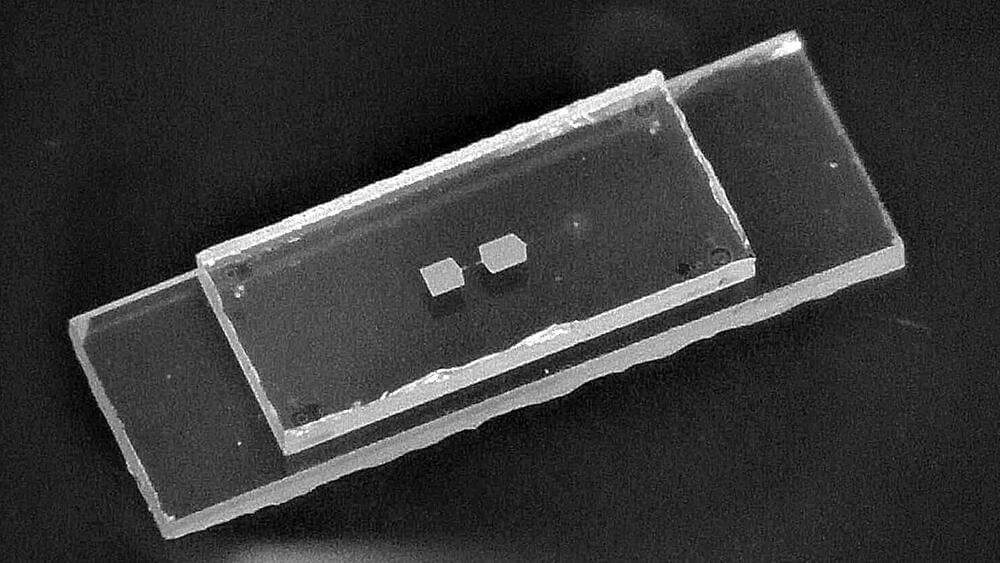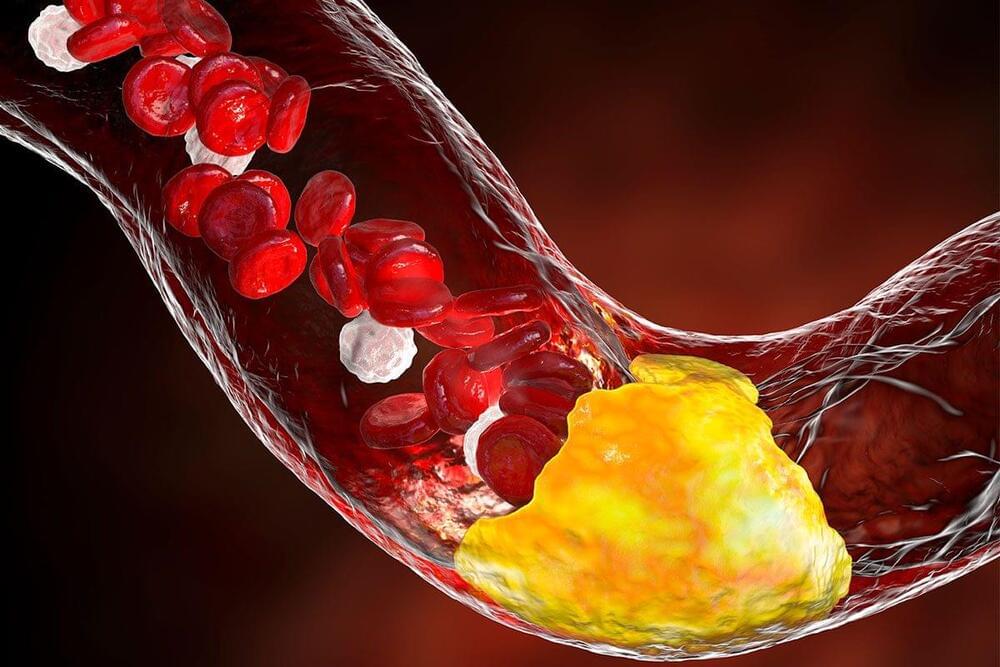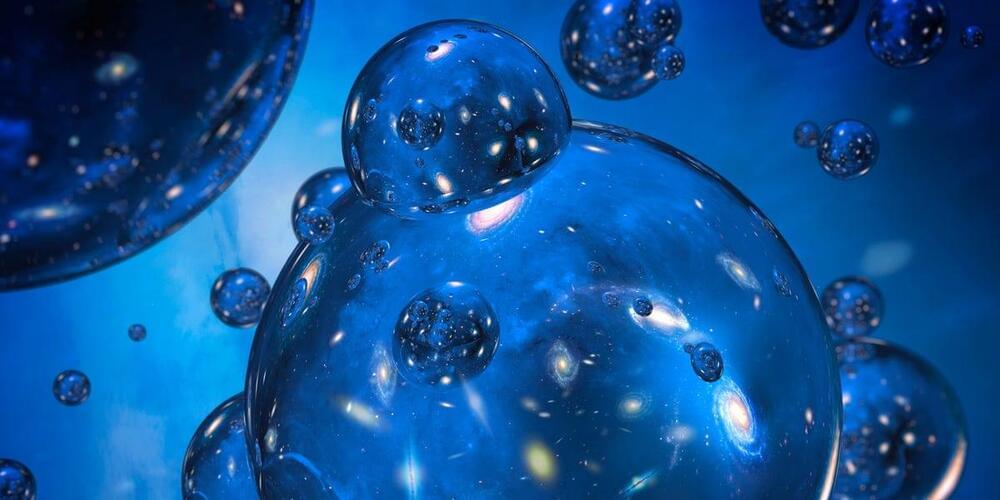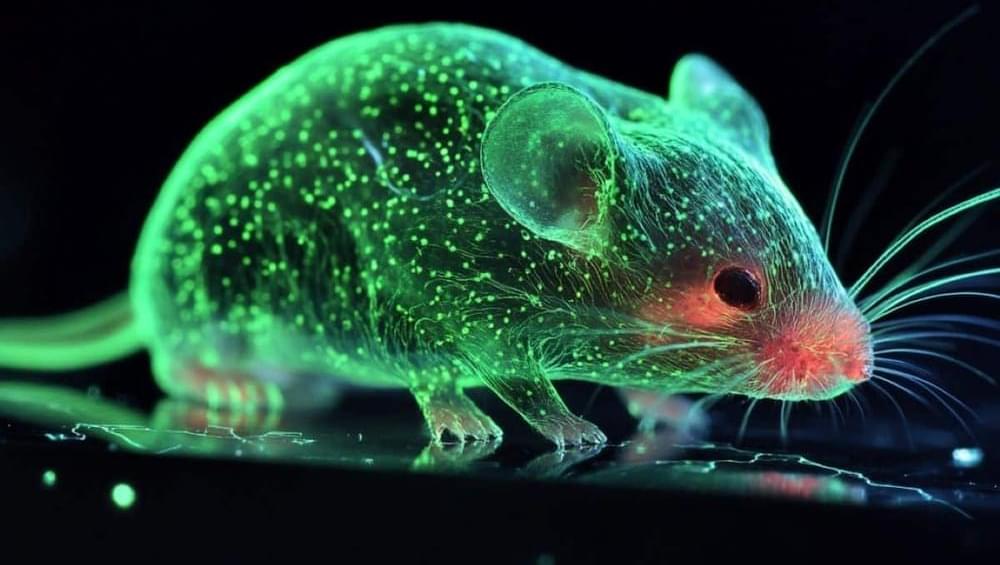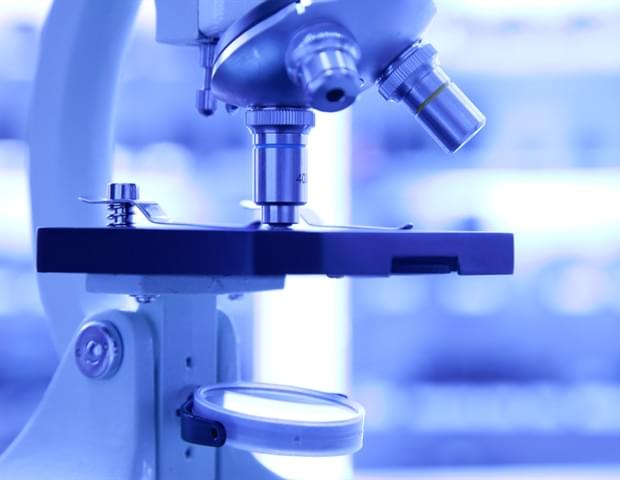Nov 19, 2024
Caltech Astrophysicists Flip Black Hole Theories With Stunning New Simulations
Posted by Genevieve Klien in categories: cosmology, evolution, physics
Astounding simulation shows magnetic fields create fluffy, not flat, accretion disks around supermassive black holes, altering our understanding of black hole dynamics.
A team of astrophysicists from Caltech has achieved a groundbreaking milestone by simulating the journey of primordial gas from the early universe to its incorporation into a disk of material feeding a supermassive black hole. This innovative simulation challenges theories about these disks that have persisted since the 1970s and opens new doors for understanding the growth and evolution of black holes and galaxies.
Continue reading “Caltech Astrophysicists Flip Black Hole Theories With Stunning New Simulations” »

